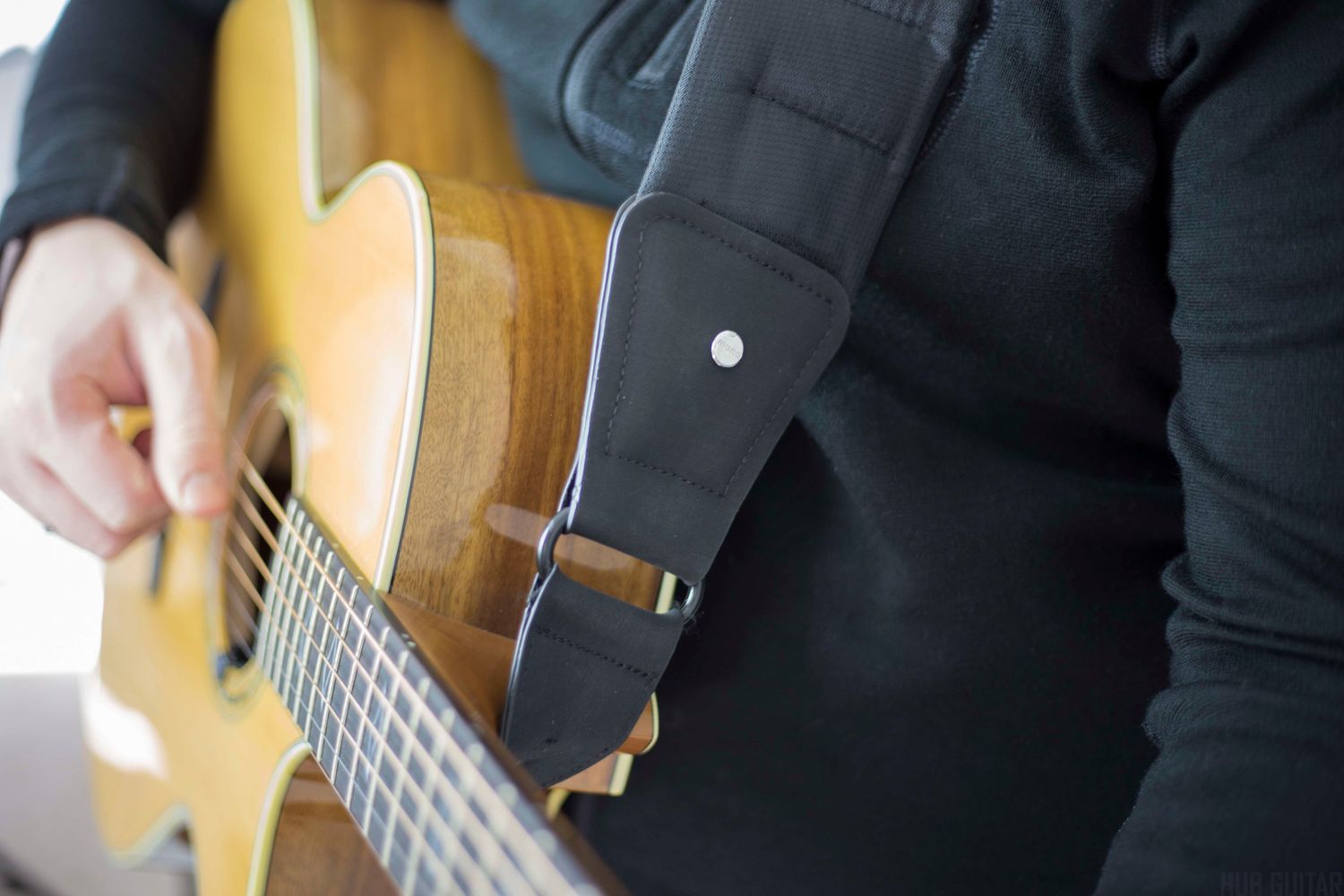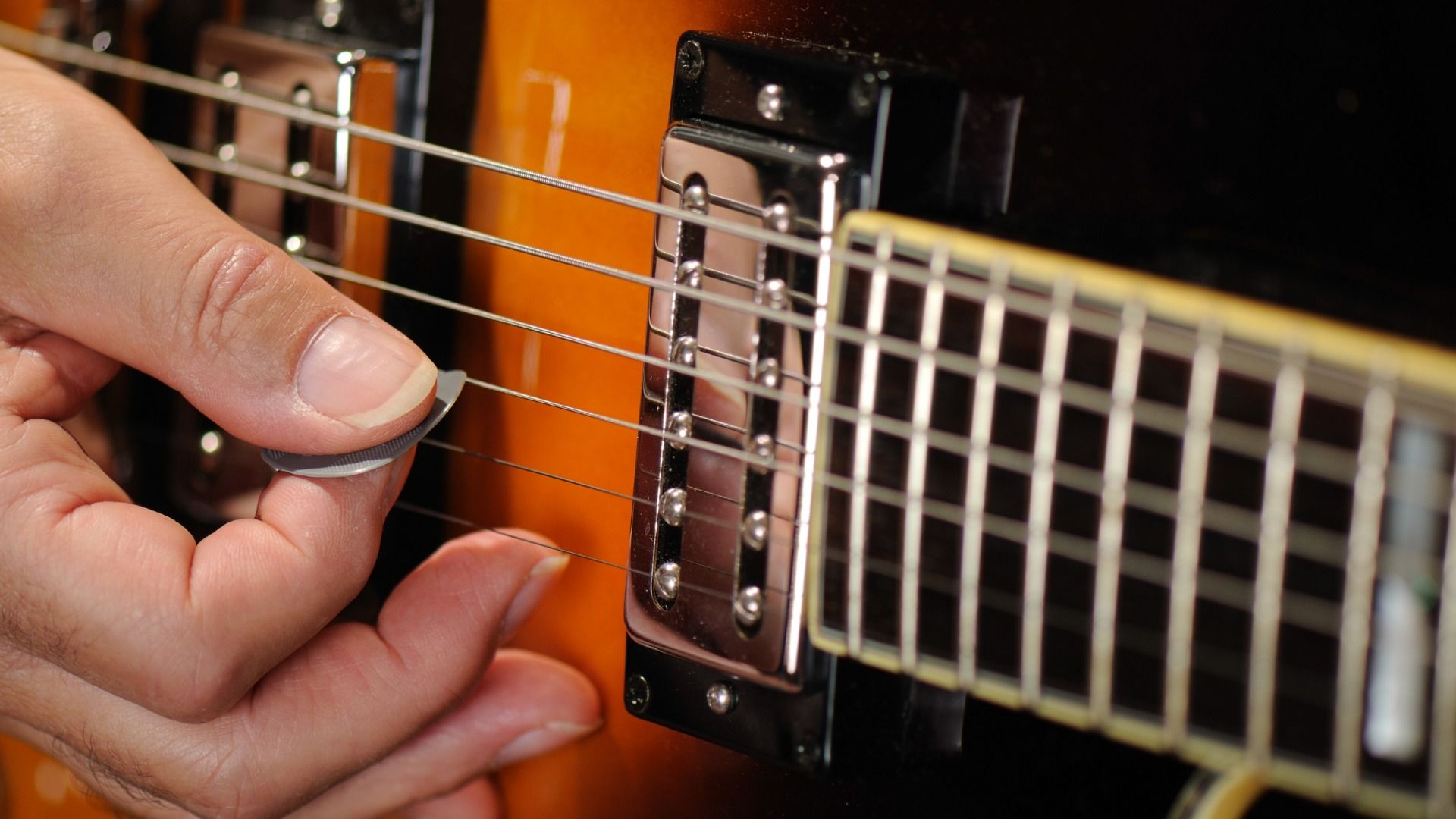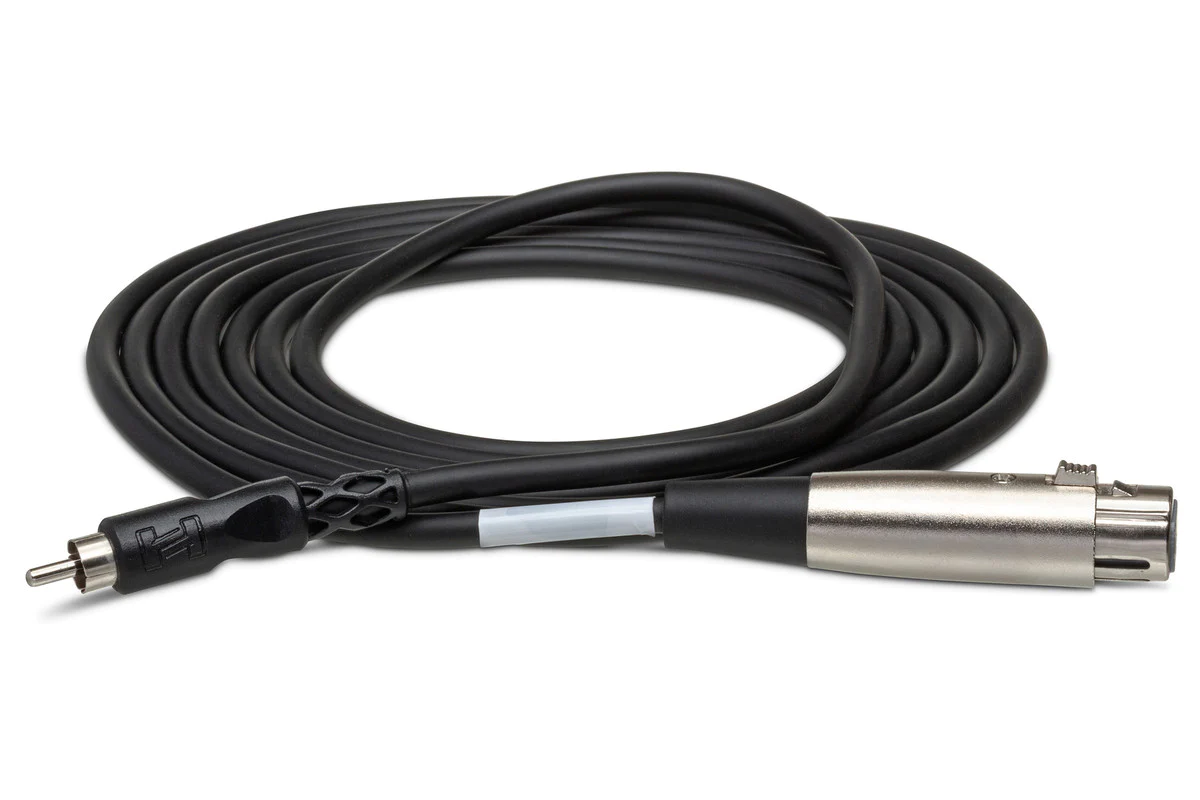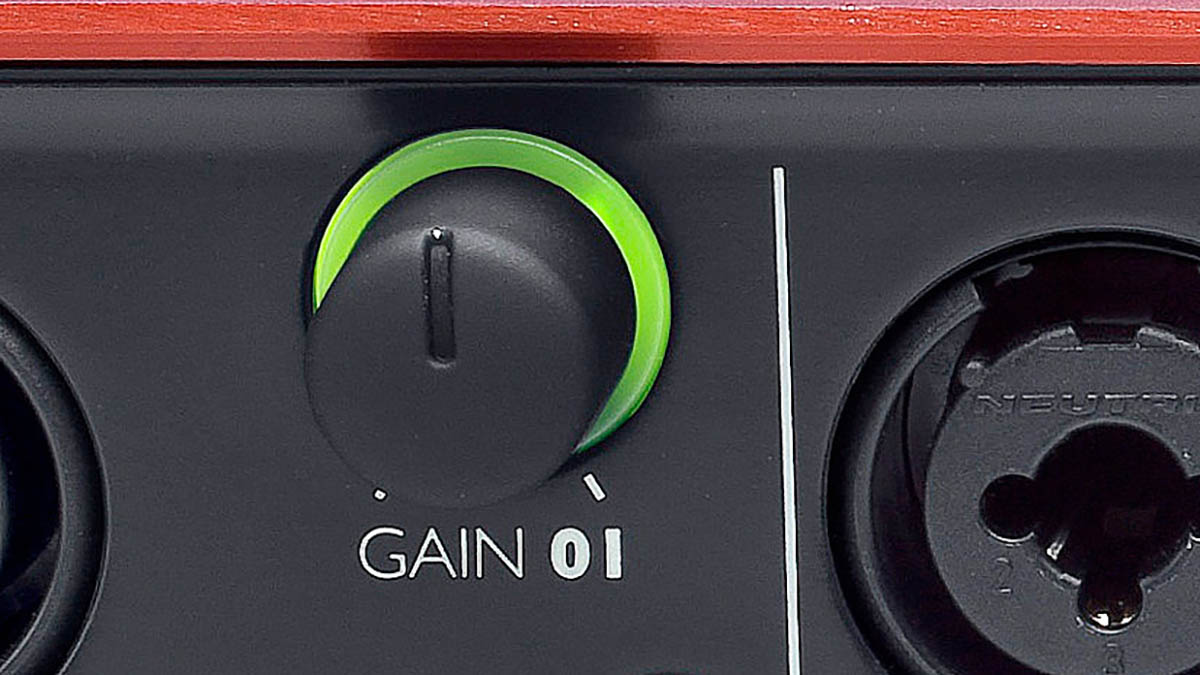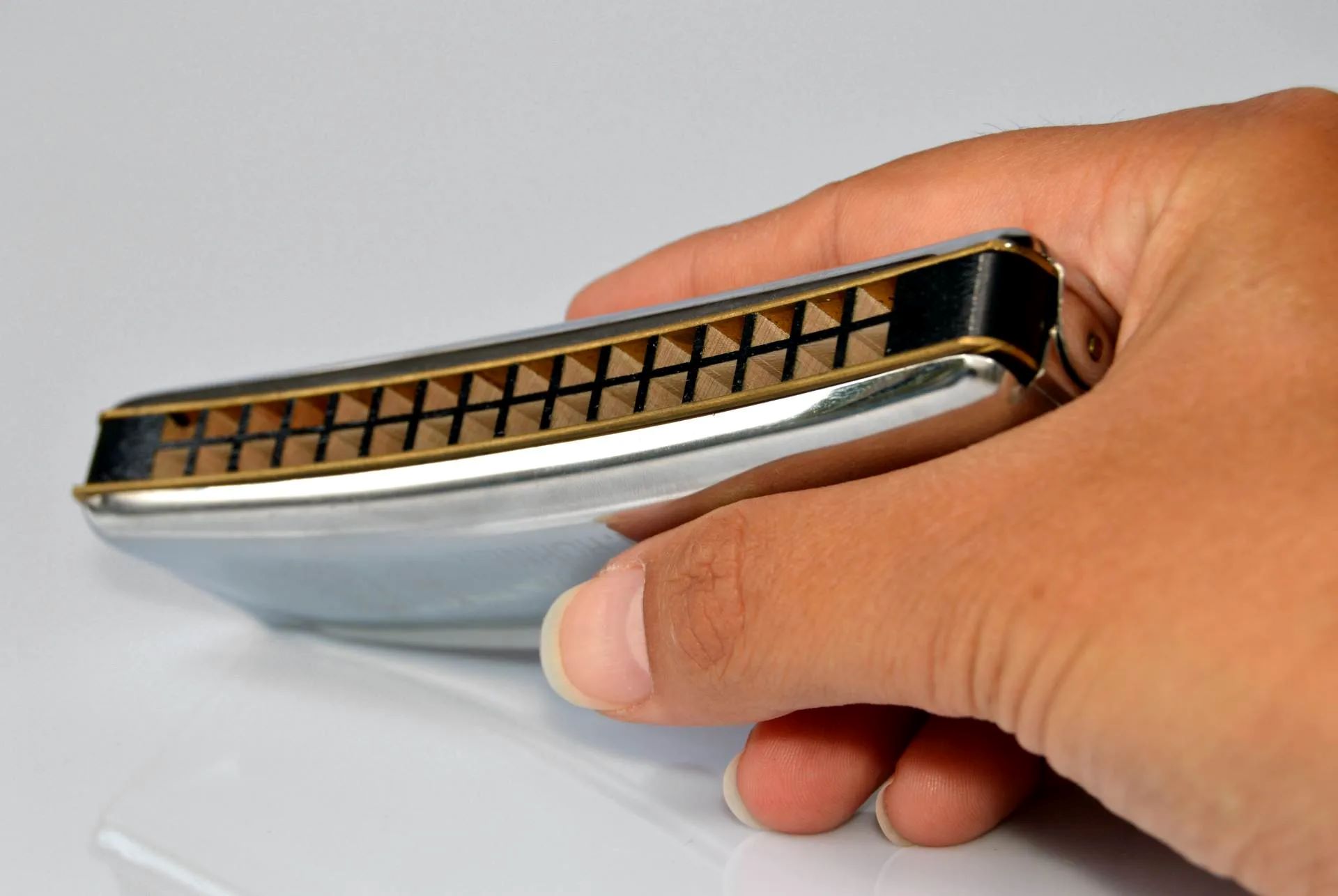Home>Instruments>Guitar>How To Properly Hold A Guitar


Guitar
How To Properly Hold A Guitar
Published: February 14, 2024
Learn the proper way to hold a guitar to improve your playing technique and prevent strain. Get expert tips and step-by-step instructions for holding a guitar correctly.
(Many of the links in this article redirect to a specific reviewed product. Your purchase of these products through affiliate links helps to generate commission for AudioLover.com, at no extra cost. Learn more)
Table of Contents
Introduction
Learning to play the guitar is an exciting journey that opens the door to a world of musical expression. Whether you’re a beginner or have been strumming for some time, one of the fundamental aspects of mastering this instrument is learning how to properly hold it. The way you hold the guitar not only affects your playing technique but also plays a crucial role in preventing strain and injury. In this comprehensive guide, we will delve into the essential techniques for holding a guitar with precision and comfort, allowing you to unleash your full potential as a guitarist.
Proper guitar posture is the cornerstone of a solid foundation in playing. It not only facilitates smooth chord transitions and intricate fingerpicking but also ensures that you can play for extended periods without discomfort. By understanding the principles of holding a guitar correctly, you can enhance your playing experience and progress more rapidly in your musical journey.
Whether you’re seated or standing, the way you hold the guitar impacts your performance and overall enjoyment. By mastering the art of holding a guitar, you set the stage for a fulfilling and sustainable musical experience. Let’s embark on this enlightening exploration of the proper techniques for holding a guitar and discover the transformative impact it can have on your musical endeavors.
Importance of Properly Holding a Guitar
Understanding the importance of properly holding a guitar is crucial for any aspiring or seasoned guitarist. The way you position and support the instrument directly influences your playing dexterity, comfort, and long-term physical well-being. Here are several key reasons why mastering the art of holding a guitar is essential:
- Enhanced Playing Technique: Proper posture and positioning allow for greater dexterity and control over the instrument. This, in turn, facilitates smoother chord changes, more precise picking, and improved overall playing technique.
- Prevention of Strain and Injury: Incorrect posture while holding a guitar can lead to muscle strain, tension, and even repetitive strain injuries over time. By maintaining proper positioning, you can reduce the risk of these issues and enjoy a more sustainable playing experience.
- Optimized Sound Quality: Holding the guitar correctly can positively impact the resonance and projection of the instrument, leading to a clearer and more resonant sound. This is particularly important for acoustic guitar players.
- Long-Term Comfort: Proper posture and support contribute to long-term comfort during practice and performance sessions. This ensures that you can play for extended periods without experiencing discomfort or fatigue.
- Professional Appearance: When performing in front of an audience, maintaining proper posture while holding the guitar conveys a sense of professionalism and confidence, enhancing your stage presence.
By recognizing the significance of holding a guitar correctly, you can unlock your full potential as a guitarist and lay the groundwork for a fulfilling and sustainable musical journey. The next section will delve into the basic steps for holding a guitar with precision and ease, providing invaluable insights for both beginners and experienced players.
Basic Steps for Holding a Guitar
Mastering the basic steps for holding a guitar is essential for developing a strong foundation in playing this beloved instrument. Whether you’re sitting or standing, the following guidelines will help you achieve optimal posture and positioning:
- Seated Position: When sitting down, place the waist of the guitar over your right thigh (for right-handed players) or left thigh (for left-handed players). Ensure that the guitar’s body rests comfortably against your torso, and the neck is angled slightly upward for easy access to the fretboard.
- Standing Position: If you prefer to play while standing, use a guitar strap to support the instrument at a height that allows for a natural and relaxed hand position. The guitar should rest against your body without causing strain on your shoulders or back.
- Balance and Stability: Whether sitting or standing, maintain a balanced posture and ensure that the guitar feels stable and secure against your body. This stability is essential for executing intricate chord shapes and intricate picking patterns with ease.
- Arm and Hand Placement: Position your picking arm so that it comfortably reaches the strings without straining. Keep your fretting hand relaxed and close to the fretboard, allowing for efficient finger movements and chord transitions.
- Neck and Headstock Alignment: Ensure that the guitar’s neck is not tilted too far upward or downward. The headstock should be roughly level with your head, allowing for smooth navigation along the fretboard without excessive strain on your wrist and fingers.
By adhering to these fundamental steps, you can establish a solid foundation for holding the guitar with ease and precision. These guidelines are designed to promote comfort, stability, and optimal playing technique, setting the stage for an enriching musical experience. The subsequent section will explore common mistakes to avoid when holding a guitar, shedding light on potential pitfalls that can hinder your progress as a guitarist.
Common Mistakes to Avoid
While learning how to hold a guitar, it’s important to be mindful of common mistakes that can hinder your playing ability and lead to discomfort or strain. By recognizing and avoiding these pitfalls, you can refine your posture and technique, paving the way for a more enjoyable and sustainable musical journey. Here are some prevalent mistakes to steer clear of:
- Slouching or Leaning: Avoid slouching or leaning over the guitar, as this can lead to back and shoulder strain. Instead, maintain an upright posture to support the instrument comfortably.
- Neck Tilt: Be mindful of excessive tilting of the guitar’s neck, as this can strain your wrist and hinder smooth fretboard navigation. Aim for a neutral neck position for optimal hand and finger mobility.
- Overly Elevated Guitar: Refrain from positioning the guitar too high or too low when using a strap. Find a height that allows for natural hand positioning and relaxed arm movement.
- Excessive Tension: Avoid gripping the guitar neck or body too tightly, as this can impede your playing fluidity and lead to hand fatigue. Maintain a relaxed yet supportive grip on the instrument.
- Unstable Support: Ensure that the guitar is securely positioned against your body, whether seated or standing. Unstable support can hinder your ability to execute complex techniques and chord changes.
By being mindful of these common mistakes and making a conscious effort to avoid them, you can refine your approach to holding the guitar and enhance your overall playing experience. The next section will provide valuable tips for maintaining proper posture and comfort while practicing and performing, empowering you to unlock your full potential as a guitarist.
Tips for Maintaining Proper Posture
Developing and maintaining proper posture while holding a guitar is essential for optimizing your playing experience and preventing discomfort or strain. By integrating the following tips into your practice routine, you can cultivate a posture that promotes ease, precision, and long-term well-being:
- Regular Stretching and Warm-Up: Prior to playing, engage in gentle stretching exercises to loosen your muscles and prepare your body for guitar practice. Focus on your shoulders, arms, and wrists to promote flexibility and reduce the risk of strain.
- Adjust Guitar Strap Height: If you use a guitar strap while standing, experiment with different strap lengths to find the optimal height that allows for a relaxed hand position and comfortable access to the fretboard.
- Support Your Back: Whether seated or standing, prioritize maintaining a straight and supported back posture. Use a chair with adequate back support or adjust the strap height to ensure a balanced and comfortable position.
- Relax Your Shoulders: Avoid tensing your shoulders while playing, as this can lead to muscle fatigue and discomfort. Keep your shoulders relaxed and allow your arms to move freely as you play.
- Monitor Wrist Alignment: Pay attention to the alignment of your wrists while fretting chords or playing individual notes. Aim to keep your wrists in a neutral position to minimize strain and facilitate fluid finger movements.
- Breathe and Stay Relaxed: Cultivate a habit of deep, relaxed breathing while playing the guitar. This not only promotes overall relaxation but also helps alleviate tension in your muscles and enhances your focus.
By incorporating these tips into your daily practice and performance routines, you can cultivate a posture that supports your musical expression and overall well-being. Consistent awareness of your posture and making necessary adjustments will contribute to a more enjoyable and sustainable guitar-playing experience. As we conclude this guide, remember that proper posture is a foundational element of mastering the guitar and unlocking your full potential as a musician.
Conclusion
Mastering the art of holding a guitar is a transformative journey that goes beyond technical proficiency—it encompasses comfort, sustainability, and the foundation for musical expression. By understanding the significance of proper posture and positioning, you pave the way for a fulfilling and enduring relationship with the instrument. Whether you’re a beginner embarking on your musical odyssey or an experienced player seeking to refine your technique, the principles of holding a guitar with precision and ease are indispensable.
Throughout this guide, we’ve explored the fundamental importance of holding a guitar correctly, emphasizing its impact on playing technique, physical well-being, and overall musical experience. From the basic steps for achieving optimal posture to the common mistakes to avoid, we’ve shed light on the nuances of holding a guitar with finesse and comfort. By integrating valuable tips for maintaining proper posture into your practice routine, you can cultivate a playing environment that nurtures your musical journey.
As you continue your pursuit of musical mastery, remember that the way you hold the guitar is a reflection of your connection to the instrument. It is a physical manifestation of your passion, dedication, and reverence for the art of music. By prioritizing proper posture and technique, you honor the instrument and set the stage for boundless musical expression.
May this guide serve as a compass on your path to guitar mastery, guiding you toward a harmonious balance of technical skill, comfort, and artistic fulfillment. Embrace the principles of holding a guitar with mindfulness and intention, and let your music resonate with the joy and authenticity that emanate from a well-supported and lovingly held instrument.

